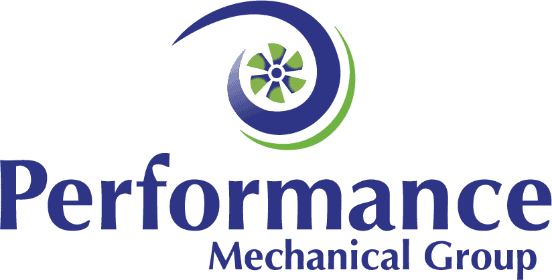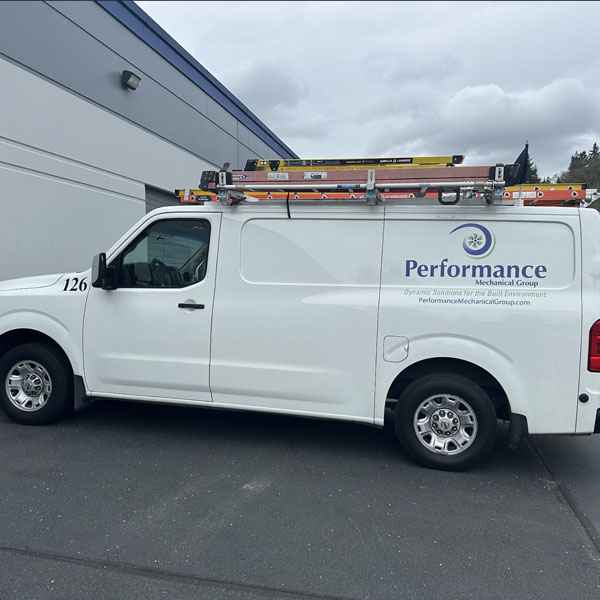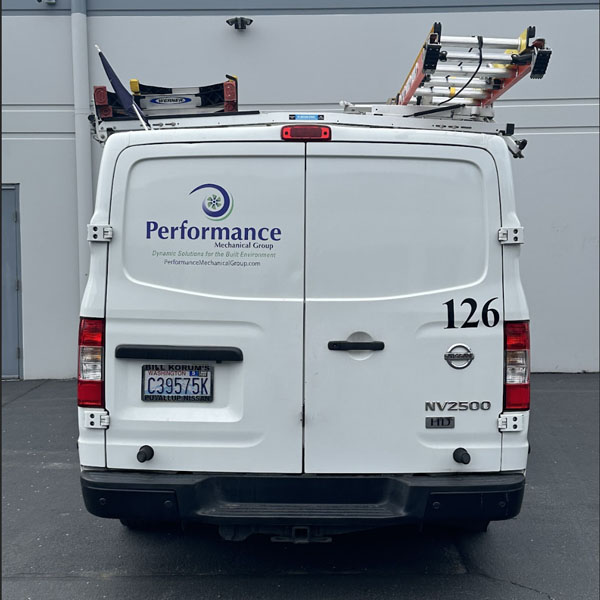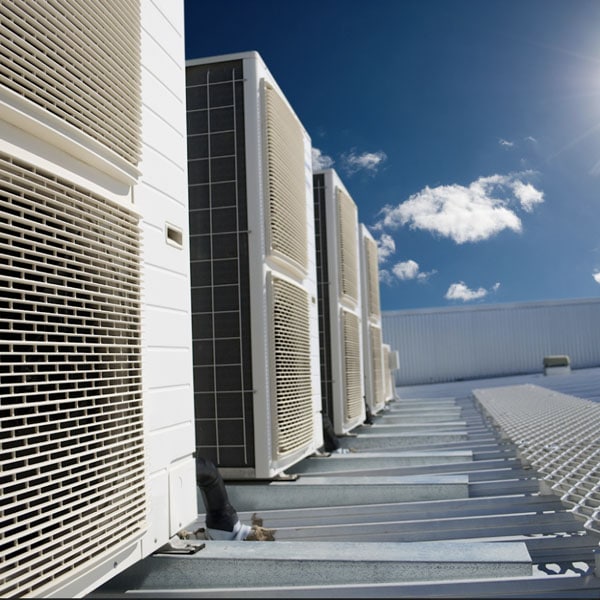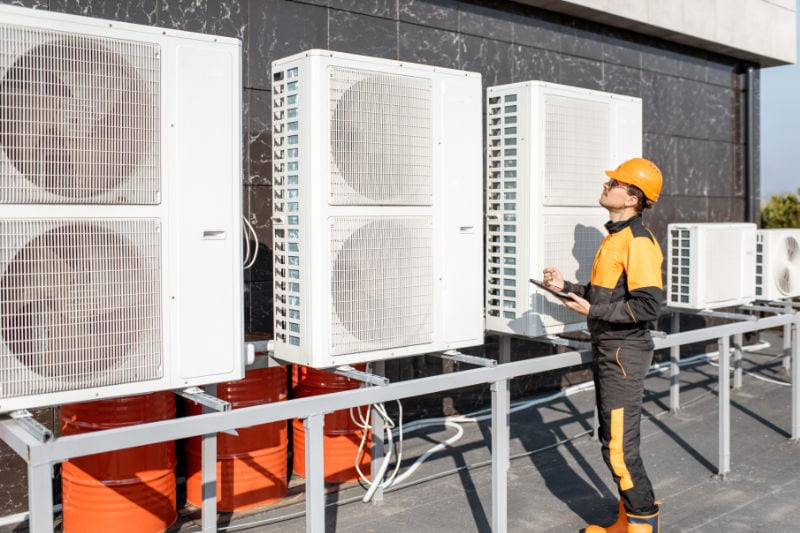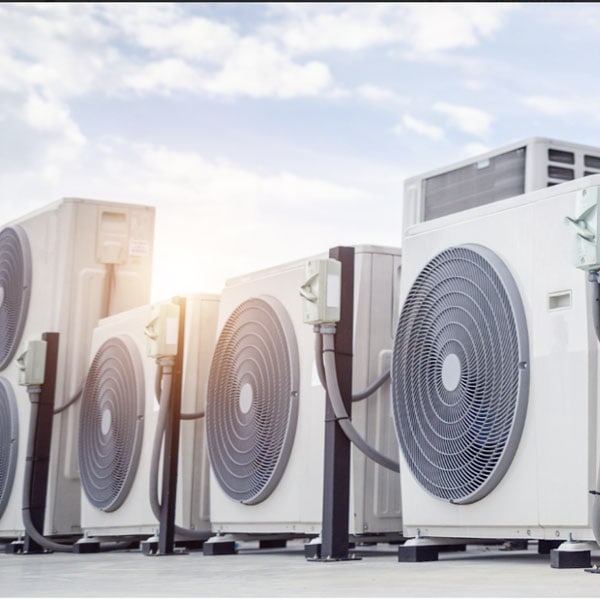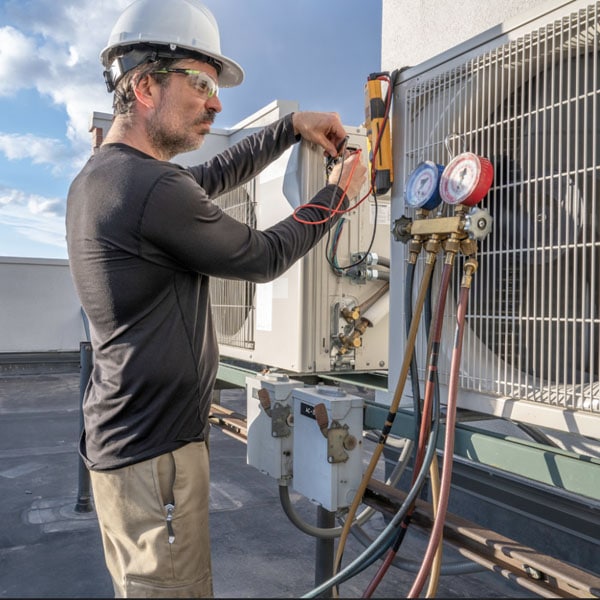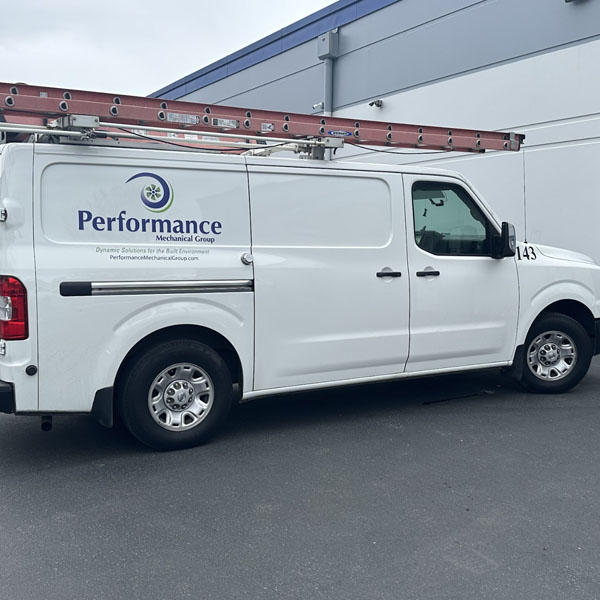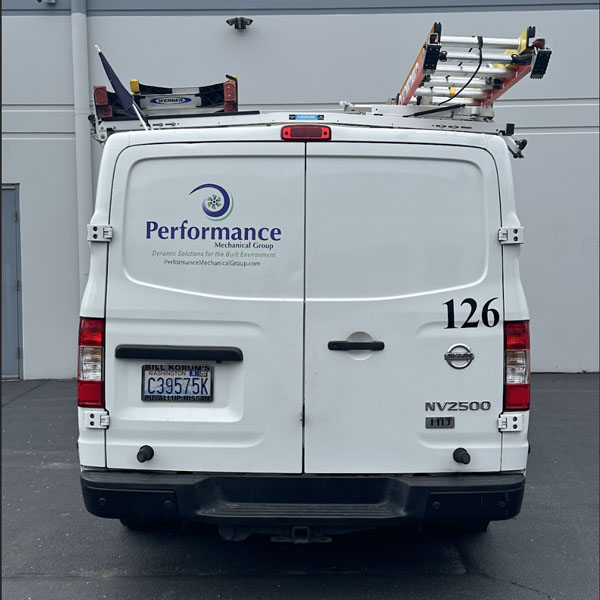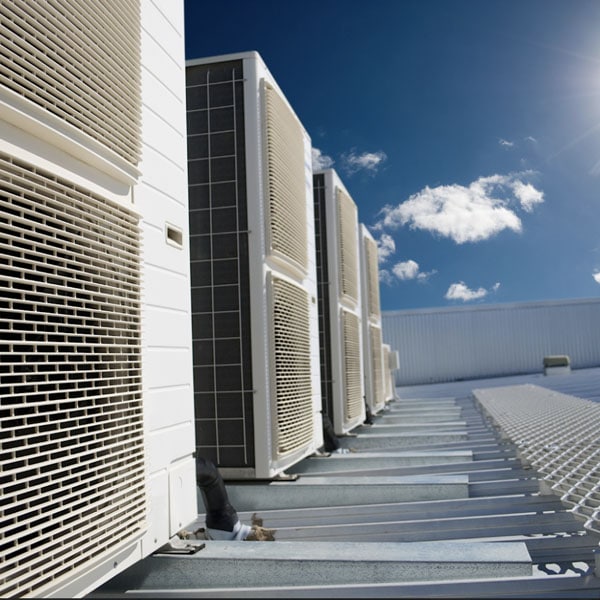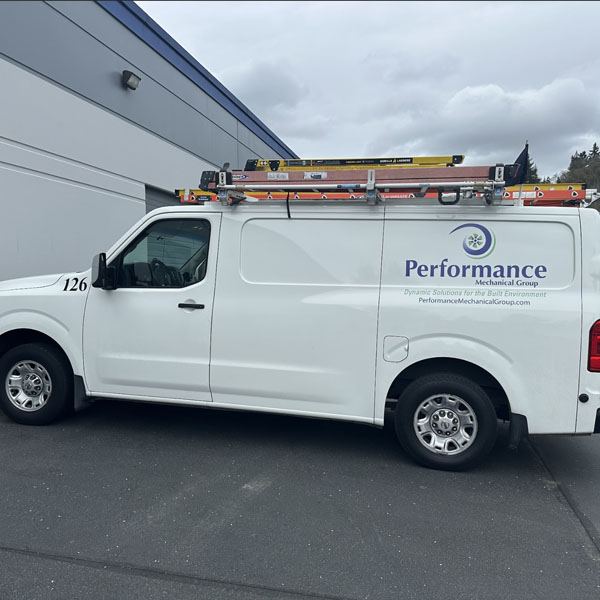If you want to create a healthy and productive work environment in your Bellevue, commercial building, good indoor air quality (IAQ) is paramount.
Continue ReadingA malfunctioning commercial refrigerator in Tacoma, can bring your business to a grinding halt—especially for grocery stores and restaurants.
Continue ReadingA commercial freezer is a vital component of any food service business, grocery store, or restaurant. It keeps perishable goods at safe temperatures, ensuring food quality, compliance with health regulations, and smooth business operations.
Continue ReadingAll commercial heating, ventilation, and air conditioning (HVAC) systems need care in the cooler months to keep them running efficiently.
Continue ReadingConsidering a new heating, ventilation, and air conditioning (HVAC) system for your Tacoma business? Or maybe your business is brand new, and you’re having trouble selecting a commercial HVAC system that meets all of your particular needs.
Continue ReadingClean, healthy indoor air is a necessity for every business. Poor indoor air quality (IAQ) can affect employee productivity, customer comfort, and even the overall health of those who spend time inside your building.
Continue ReadingAccording to the U.S. DOE, a simple task such as changing the air filter on your HVAC system can improve efficiency by up to 15 percent.
Continue ReadingAccording to the US EPA, your Bellevue home’s indoor air quality is often two to five times more polluted than outdoor air.
Continue ReadingA malfunctioning commercial refrigerator in Tacoma, can bring your business to a grinding halt—especially for restaurants, grocery stores, and food service establishments.
Continue ReadingAs the summer approaches, we are all looking to save some pennies wherever possible. So why not start with your costly utility bills in Tacoma, WA? The US Department of Energy (DOE) says air conditioning can account for 35 to 40 percent of your utility bill. At Performance Mechanical Group, we take energy efficiency…
Continue Reading